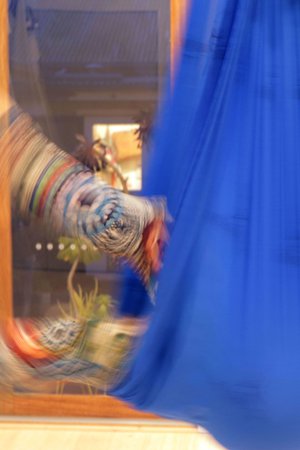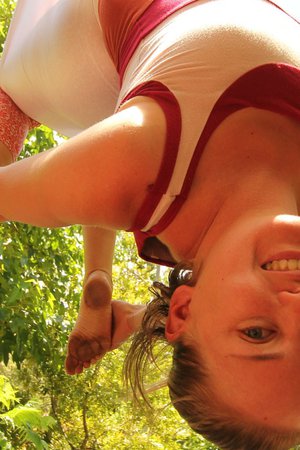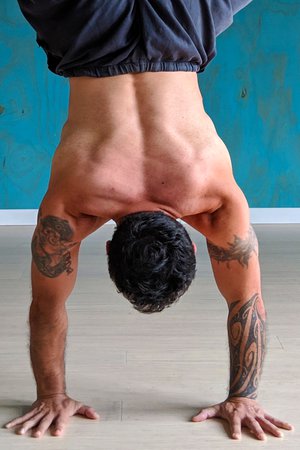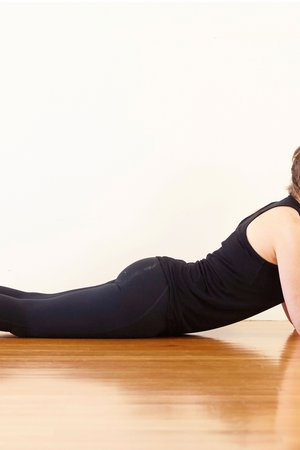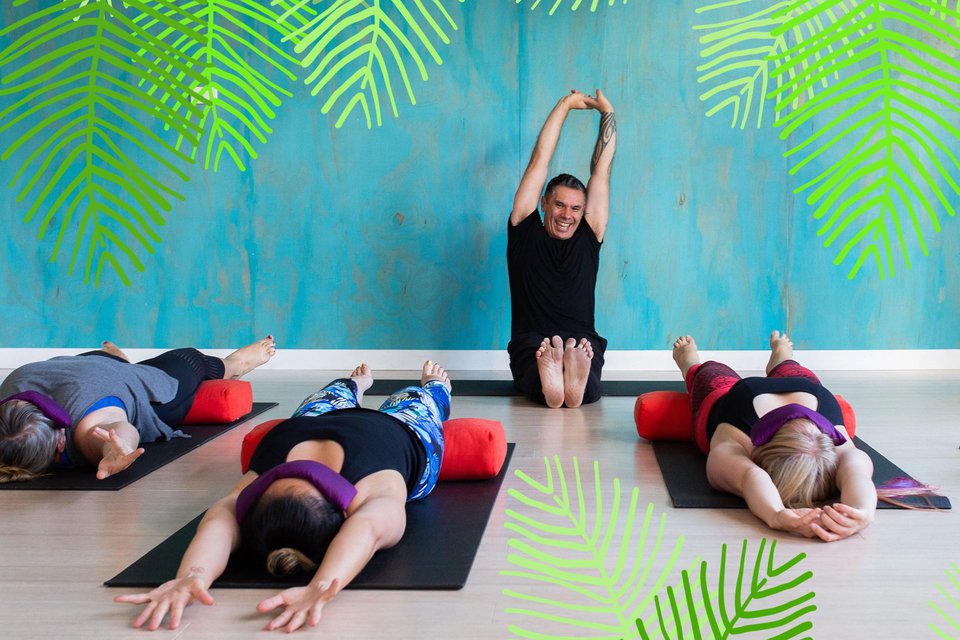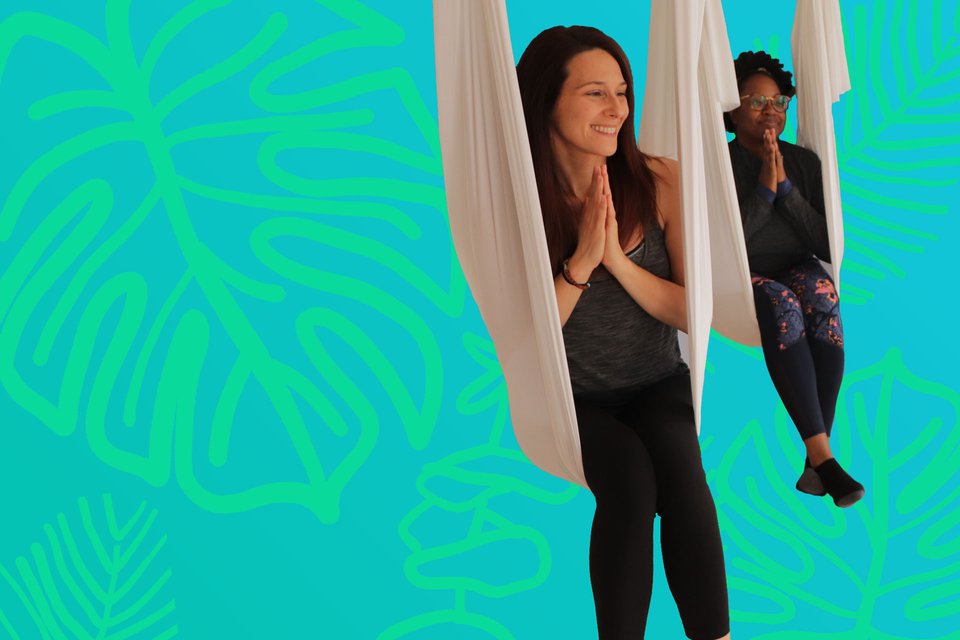Multidimensional Mandalas
We look at the history and philosophy of mandalas, and how they can be used to facilitate a creative, interactive and rewarding experience.
Each person's life is like a mandala a vast limitless circle.
We stand in the centre of our own circle, and everything we see, hear and think forms the mandala of our life. Pema Chodron
I love to look at and create mandalas. A mandala is an intricate pattern radiating out from a central point.
It's an inherently calming and uplifting process: starting at the edge of a circle and gradually work inwards, bringing together separate elements into a harmonious whole. You can draw or paint a mandala I find it particularly rewarding to work with natural materials, especially since so many plants and flowers naturally have mandalas within them.
Ive taught my Multidimensional Mandala workshop several times now, and although we follow the same format each time, it's always a special and unique experience. I especially like teaching this workshop at festivals as bringing a group of individuals together to create something beautiful that is greater than the sum of its parts is a nice metaphor for the festival experience, and the form of the mandala itself.
I'd like to share some of the history and philosophy of mandala making, my workshop experiences, and some simple guidelines for making your own nature mandalas.
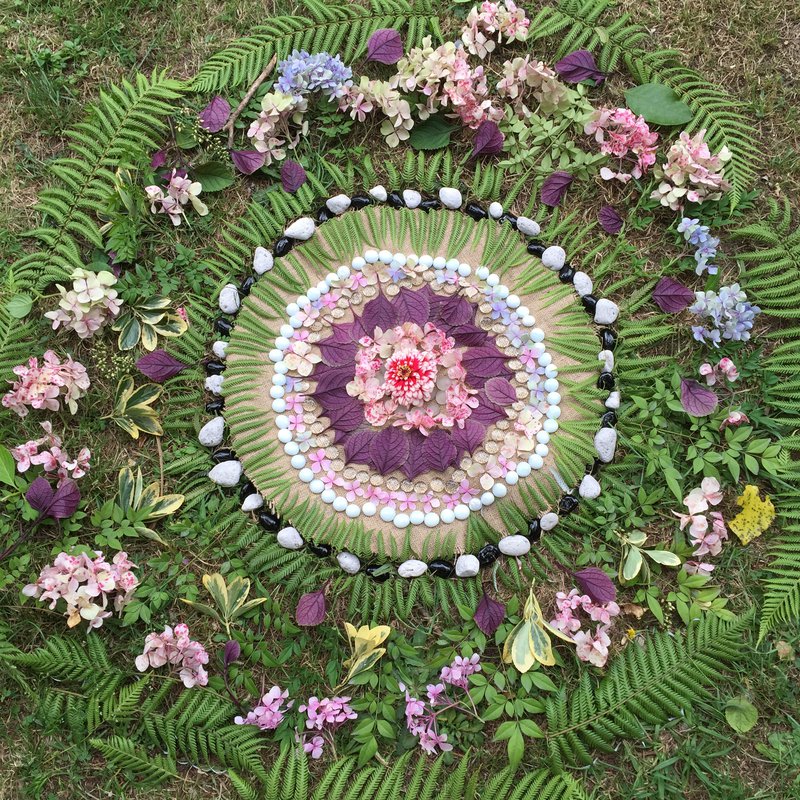
Mandalas through history
The word 'mandala' comes from Sanskrit. Loosely translated it means circle, but a mandala is more than a shape. Mandalas have been used as tool for contemplation and meditation for thousands of years across many cultures.
The Navajo people created vast sand mandalas and medicine wheels with rituals that lasted up to nine days. Hildegard Von Bingen was a twelfth century Christian nun used them to illustrate her own visions and beliefs. Mandala making is also a Tibetan Buddhist tradition, with each phase from building to viewing to dissolving a different type of meditation.
There are hundreds of different sand mandala designs in the Tibetan tradition. Each represents a different tantric deity, and every precise detail reflects a different aspect of each deity, and of Buddhist philosophy. The physical act of creating the intricate mandala from crushed semiprecious stones is a meditation and an offering.
Within Vajrayana, the Tibetan tantric branch of Buddhism, some students create 100,000 mandalas as a preliminary practice before beginning the actual tantric teachings.
A mandala is said to bring peace and harmony to the area where it is constructed. Viewing a mandala is believed to be enough to change one's mind stream by creating a strong imprint of the beauty of perfection of the Buddha's mind, as is represented in the mandala itself. As a result of this imprint, one may be able to find greater compassion, awareness, and a better sense of wellbeing. (source: www.themandalaproject.org)
A mandala is said to bring peace and harmony to the area where it is constructed. Viewing a mandala is believed to be enough to change one's mind stream by creating a strong imprint of the beauty of perfection of the Buddha's mind, as is represented in the mandala itself. As a result of this imprint, one may be able to find greater compassion, awareness, and a better sense of wellbeing. (source: www.themandalaproject.org)
The dissolution of the mandala is also a meditation on non-attachment and the impermanence of all things.
Mandalas in Psychology
Carl Jung (1875- 19610, a Swiss psychiatrist and psychoanalyst and influential figure in literature, philosophy and religious studies, used mandalas in his art making practice to explore the unconscious. He found that the circle motif appeared in his own exploration and that of his patients.
"I sketched every morning in a notebook a small circular drawing...which seemed to correspond to my inner situation at the time....Only gradually did I discover what the mandala really is:...the Self, the wholeness of the personality, which if all goes well is harmonious." (source: Carl Jung, Memories, Dreams, Reflections)
Psychologist and meditator, David Fontana, explains that the symbolic nature of the mandala can help to access progressively deeper levels of the unconscious, ultimately assisting the meditator to experience a mystical sense of oneness with the ultimate unity from which the cosmos in all its manifold forms arises. (source: David Fontana, Meditating with Mandalas)
Contemporary Mandala Makers
Kathy Klein, a devotional artist, was a big inspiration for my own mandala making process. She creates 'danmalas': dan meaning: the giver; mala: garland of flowers. Klein begins by centring herself in a meditative devotional state of mind and collects her flowers and natural elements while in this state. She then continues her meditation as she arranges these elements and leaves them as a gift for whoever might find them (they are often built in urban locations).
They are reflections of the inexpressible, a gesture which points towards life's abundance, an unspoken verse of Love. The danmalas remind us all to listen to the unheard voice of nature, creation and the eternal mystery. (source: www.danmala.com)
The Human Mandala Project brings people together and explores collaborative yogic postures as art. The project uses sacred geometry and the intention of the group as a healing process, for themselves as individuals and also to send positive energy to their location.
By creating these forms with our human bodies, we draw upon the resonant peace that emits from our planet and is meant for healing all beings. (source: www.humanmandala.com/manifesto)
My Multidimensional Mandala Workshop
The workshop runs for around two hours. We create the mandala, then take time to contemplate it, then do a physical yoga practice. We conclude the practice with a guided meditation and relaxation around the mandala, our heads pointing in towards the centre.
I start the workshop by explaining a mandala is and sharing a brief history, and then checking in with the group to learn what theyd like to get out of the practice. This informs the energy that we consciously put into the mandala as we build it, and is also a way for me to find out if there's anything in particular the participants would like to work on during the asanas, or physical yoga practice, that follows the mandala creation part of the workshop.
The group then begins creating the mandala with items I find in the local area. I've used pebbles, leaves, flowers, stones covered with lichen it all depends on what I find when Im foraging in preparation for the workshop. During this phase of the workshop everyone is settling in and finding their focus. The emphasis is on the process, not the end product on creation as meditation.
Once the mandala is built we take time to contemplate it then begin our yoga practice in a circle around it. I weave in any physical aspects the participants mentioned they wanted to work on, and think about the event as a whole. For example, if I'm teaching at music festival I'll focus on stretching out tired dancing legs and hips.
In our practice we gradually work towards a deeper state of meditation. We use the mandala as a dristi a means of centering ourselves mentally within the practice, checking back in with our intention throughout. I'll include partner work and some whole group collaborative asana, where our bodies become the outer ring of the mandala. Just as when we build the mandala, we start with the gross the outer layer and work towards the more subtle inner layers. We conclude the practice with a guided meditation and relaxation around the mandala, our heads pointing in towards the centre.
Create your own mandala
This is a beautiful practice to do in your own yoga or mediation space to add an extra dimension to your practice, especially if you struggle to stay present in meditation. You can also create a mandala in your home to uplift your everyday experience, as a centrepiece for a celebration, or even be spontaneous and build one on the beach as a gift for passers-by.
Mandala materials
The process of collecting your materials is a meditation. It could take the form of a walk on the beach or through a garden, or be a foraging tour of your kitchen with fresh eyes. Some suitable items from various locations can be:
At the beach: driftwood, sea glass, shells, stones, flotsam and jetsam washed ashore, patterns drawn in sand.
In the garden: flowers (consider individual petals as elements), leaves, succulents, stones.
At home: beads and craft materials, spices (especially beautiful ones like star anise, cloves and cardamom).
Bought materials: nurseries, hardware and garden supply shops have a great selection of tumbled stones, recycled glass pebbles and colourful gravel that can supplement your found materials. These are great if you are building an outdoor mandala, as they are very durable. You could also go to a florist and choose some beautiful blooms to use.
Creating a base
Define the shape of mandala by creating a circle and clearing any clutter or debris. Clearly marking out the outer circle of your mandala makes it easier to work inwards, especially if you are working on a large scale.
I use a round carpet for large mandalas, but you could also use an old round tablecloth or for small mandalas, place mats. On the beach you could draw a circle in the sand, and indoors you could mark out the circle with string or arrange a large beaded necklace into a circle.
Process
Start where you are at. Even if you're a bit tired or scattered, the process of creating the mandala will help to calm, centre and focus your state of mind. As you collect your materials you collect and order your thoughts, and as you start building at the edge of the mandala and work inwards you'll find yourself moving towards a calmer, more centred state of mind. If there is a particular energy you'd like to imbue your mandala with, like love, relaxation or healing, you might like to consciously set that intention before you begin and check in with it as you build, but allow the process to work upon you rather than feeling like you are forcing anything.

